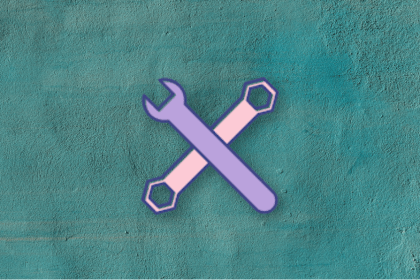
Learn how you can use AI agents to automate workflows, boost productivity, and choose the right tools while avoiding common pitfalls.
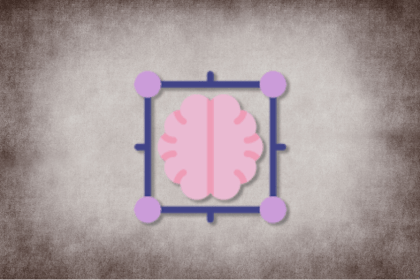
Learn how AI can help PMs plan and run workshops that drive results from preparing agendas to facilitating discussions and summarizing work.

Learn how product-led cost management improves margins, maintains velocity, and creates user value through a repeatable playbook.
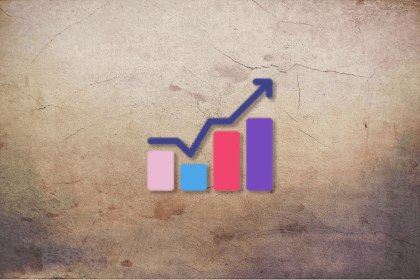
Learn how to build a cohesive AI strategy that drives measurable impact, aligns with business goals, and improves product workflows.
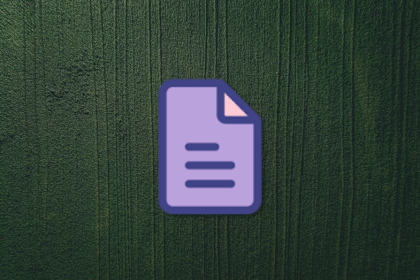
Turn interviews, prototypes, and MVP results into clear insights with evidence maps for smarter product decisions.
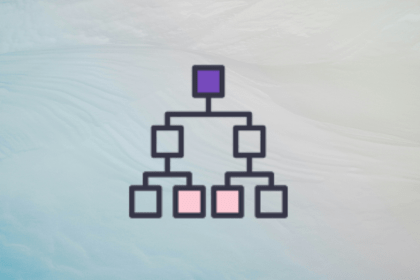
Learn how to build a metrics tree to align goals, track progress, and prioritize features that drive real product outcomes.
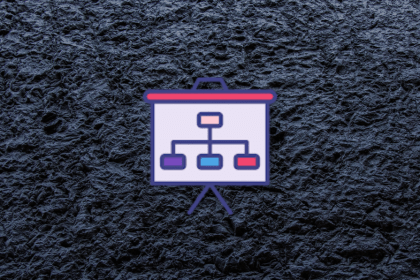
Learn how to design product management workshops that drive alignment, decisions, and strategic outcomes instead of just activities.
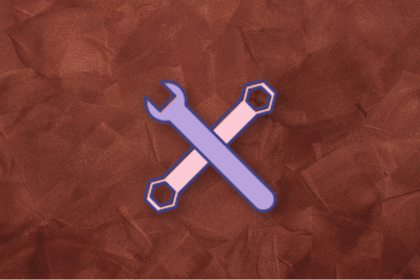
What hard skills do PMs need in 2025? Learn how AI tools can help you level up in SQL, Figma, A/B testing, and more.

As AI reshapes product roles, learn how emotional intelligence, curiosity, and balance will define the next-gen tech product leader.”
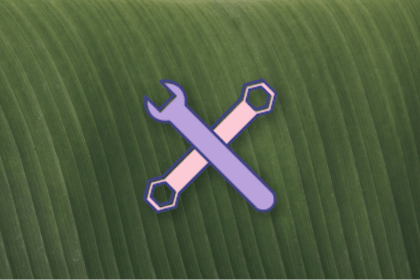
Monetizing with ads isn’t plug-and-play. Learn how AdTech really works so your product can generate sustainable, scalable revenue.
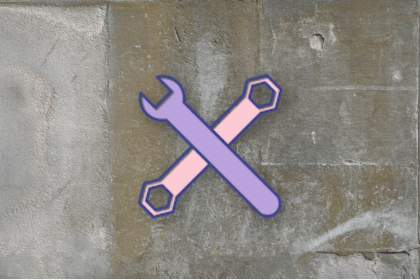
Learn how to use AI for faster, smarter customer discovery—without losing the human insight that makes product work effective.
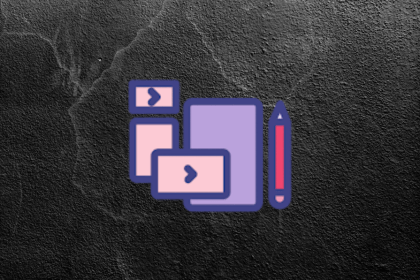
One of the biggest changes to prototyping has been the rise of tools that leverage the power of AI to simplify the development process.